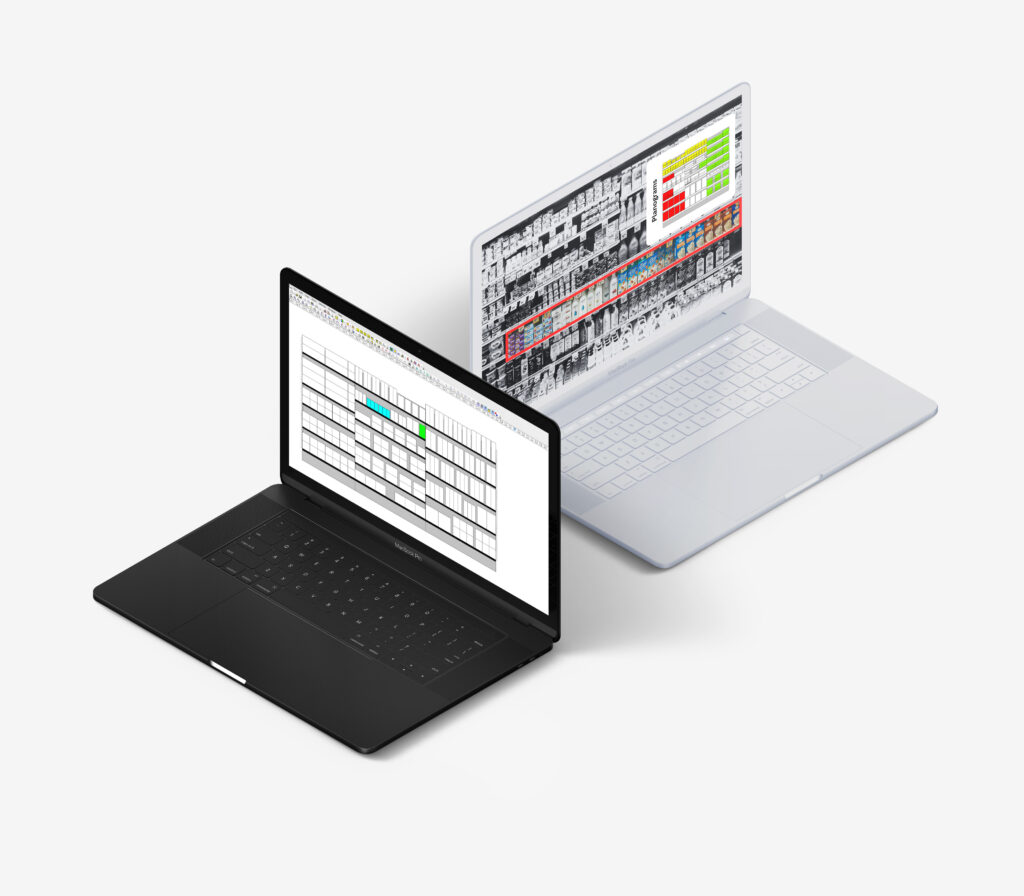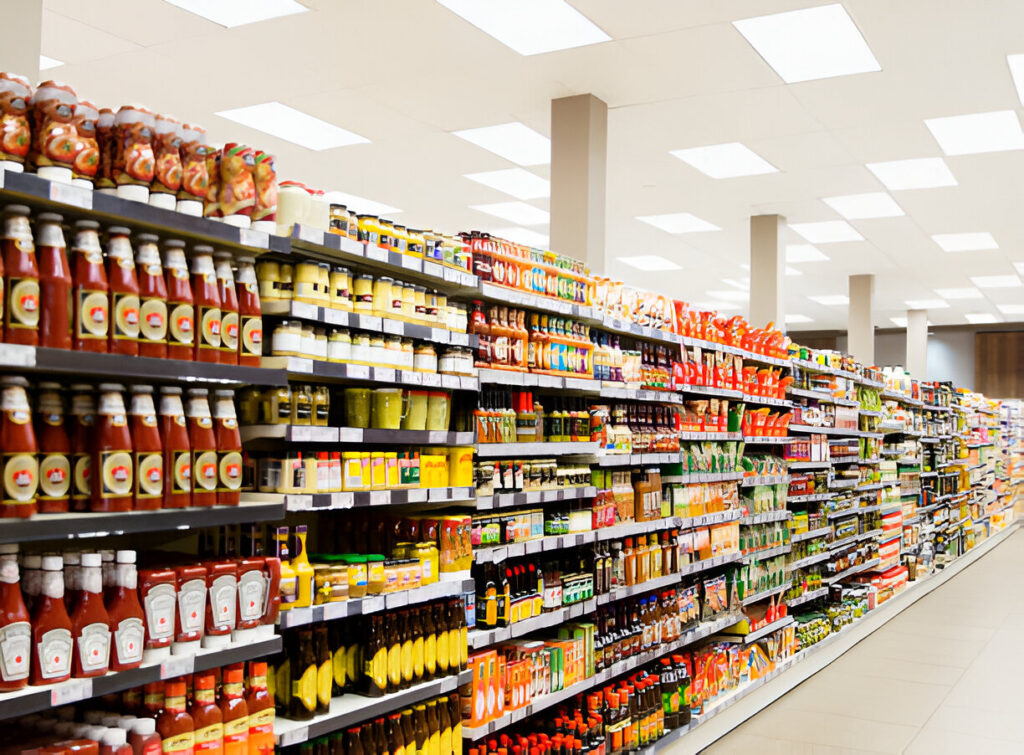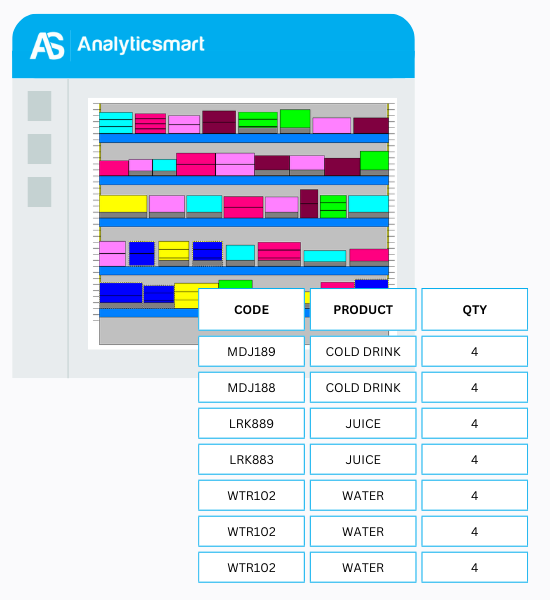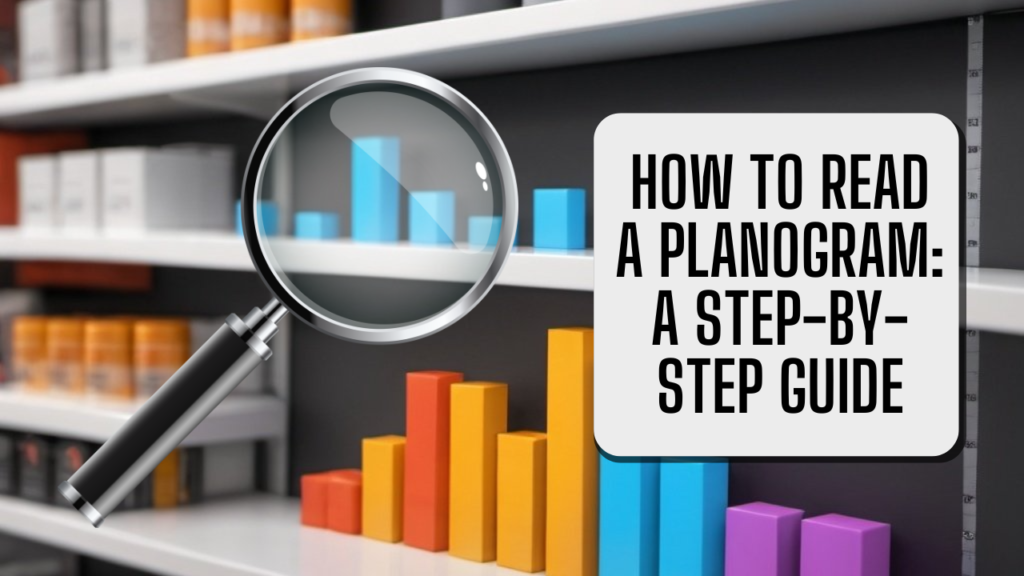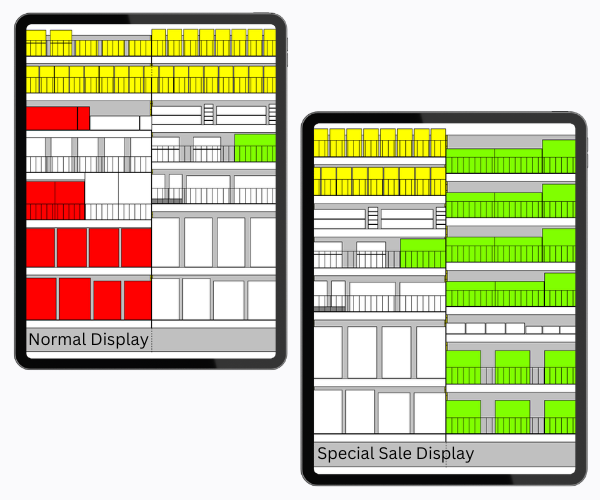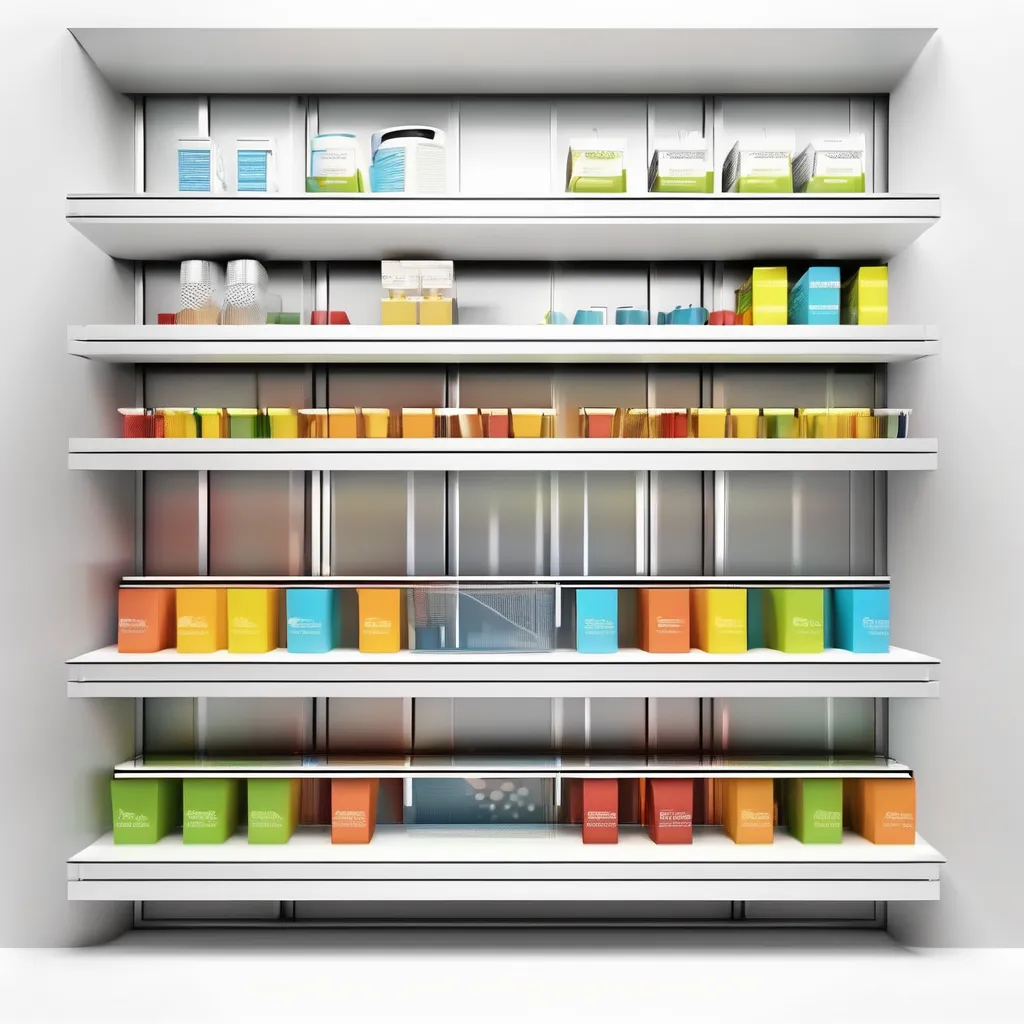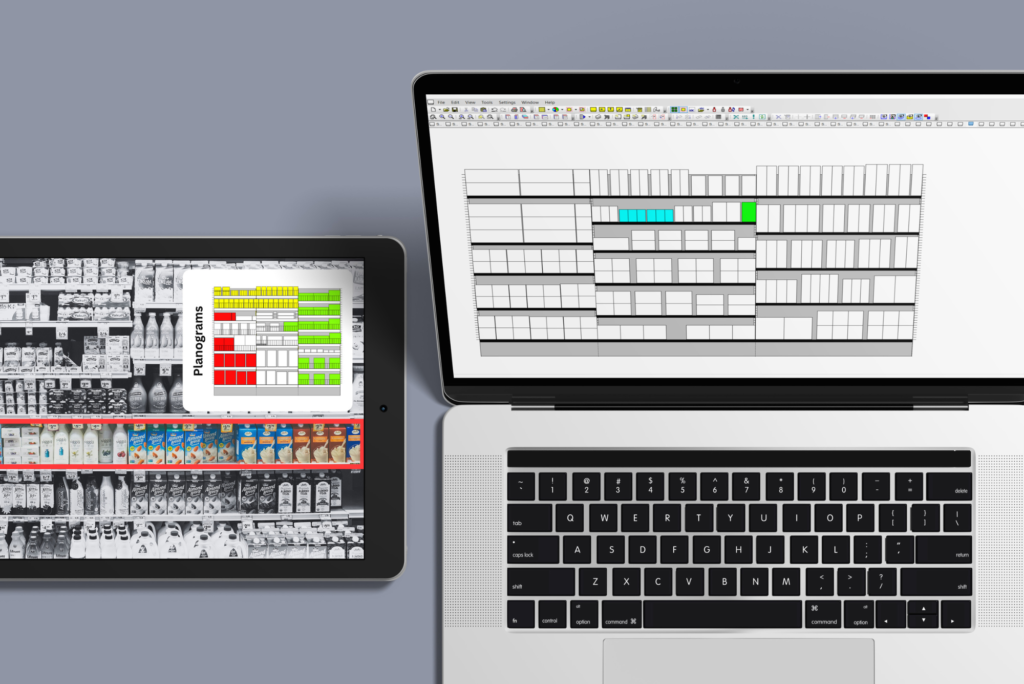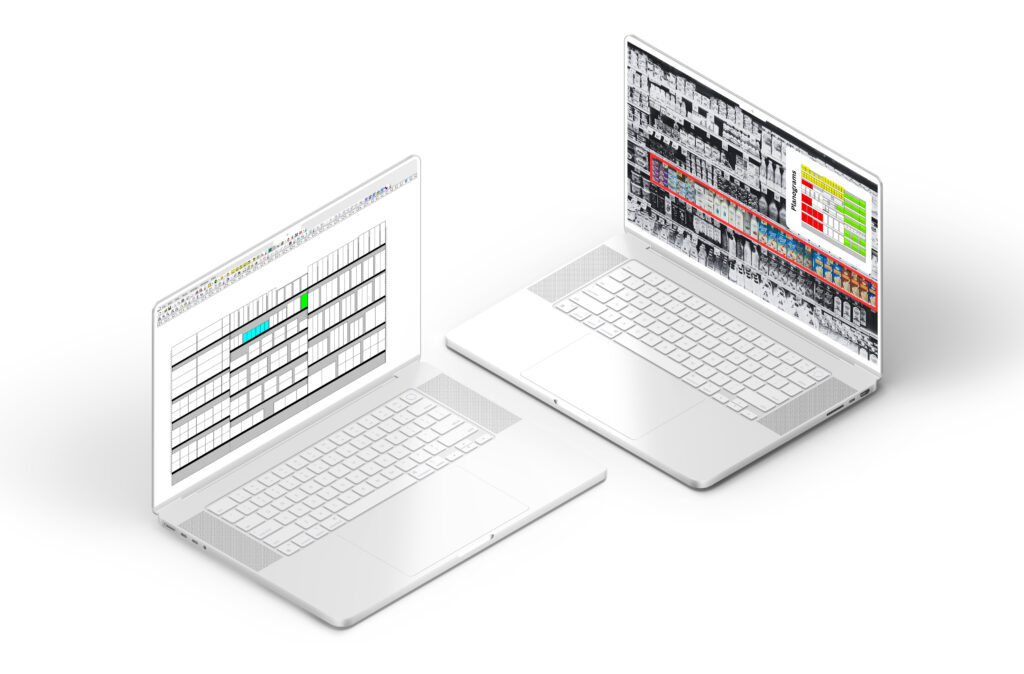A planogram is essentially a visual blueprint that shows how products should be displayed in a retail space. It’s more than just a store layout—it’s a strategic tool that helps maximize product visibility, optimize shelf space, and enhance the overall shopping experience. The goal of a planogram is to make sure that every product is placed in the right location, in the right quantity, to attract customers and encourage purchases.
Evolution of Digital Planograms In Retail
Digital planograms have emerged as essential tools for retail managers, ensuring consistency across stores and helping brands maintain a uniform appearance. By organizing products in strategic layouts, digital planograms optimize shelf space and encourage customers to discover and purchase more items.
The Power of Convenience Store Planograms: Optimizing Space and Driving Sales
In the fast-paced world of convenience stores, efficiency is key. With customers often in a hurry, your store layout needs to maximize both accessibility and profitability. This is where planograms come into play. A well-executed planogram can significantly improve product placement, streamline operations, and boost sales.
Struggling with Planograms? Let’s Face It – It’s a Headache (But We’ve Got the Cure)
Let’s be real: when it comes to managing planograms, it can feel like you’re running a marathon, but with one shoe untied. As a Director or VP of Retail Operations , you’re juggling a million things, and yet, here comes the beast that is planogram management, demanding your attention. And let’s be honest – it’s expensive, it’s complicated, and sometimes, it feels like a losing game.
How Poor Planogram Strategy is Costing Your Retail Business—And How Analyticsmart Can Fix It
In the bustling world of retail, poorly executed planograms can silently but significantly undermine your profitability. While this issue might seem minor at first glance, its impact can ripple across your entire business, leading to lost sales and decreased customer satisfaction. If you’re struggling with this challenge, you’re not alone, and there is a solution.
How to Read a Planogram: A Step-by-Step Guide
In the fast-paced world of retail, efficiency and precision are key to driving sales and enhancing the customer experience. One of the essential tools used by retailers to achieve these goals is the planogram—a detailed visual representation of a store’s layout that dictates where and how products should be displayed. Understanding how to read a planogram is crucial for anyone involved in merchandising, from store managers to sales associates. This guide will walk you through the basics, ensuring you can confidently interpret and implement planograms in your store.
The Components of a Planogram: A Detailed Guide for Retail Success
A planogram is more than just a visual representation of a store’s layout; it is a strategic tool that can significantly influence customer behavior and drive sales. By understanding and effectively utilizing the various components of a planogram, retailers can optimize their shelf space, ensure product visibility, and create a consistent shopping experience across all locations.
The Basics of Planograms: What Every Retailer Needs to Know
A planogram is a visual tool used in retail to plan the placement of products on shelves and displays. Essentially, it’s a detailed diagram or model that indicates where each product should be placed, down to the specific shelf or peg. Planograms serve as a guide for store staff to ensure that products are consistently displayed across different locations, maximizing the visibility and accessibility of items to customers.
The Importance of Having a Strong Shelving Strategy and Planograms
Planograms are the backbone of an effective shelving strategy. These visual tools provide a blueprint for product placement, ensuring consistency across all retail locations. By using planograms, retailers can standardize the shopping experience, making it predictable and reliable for customers, regardless of the store they visit.
Why Hiring a Planogram Agency is a Smart Move
In the ever-evolving retail landscape, effective merchandising is essential for driving sales and enhancing the customer experience. One of the key elements of successful retail strategy is the planogram—a visual representation of how products should be displayed on shelves.

